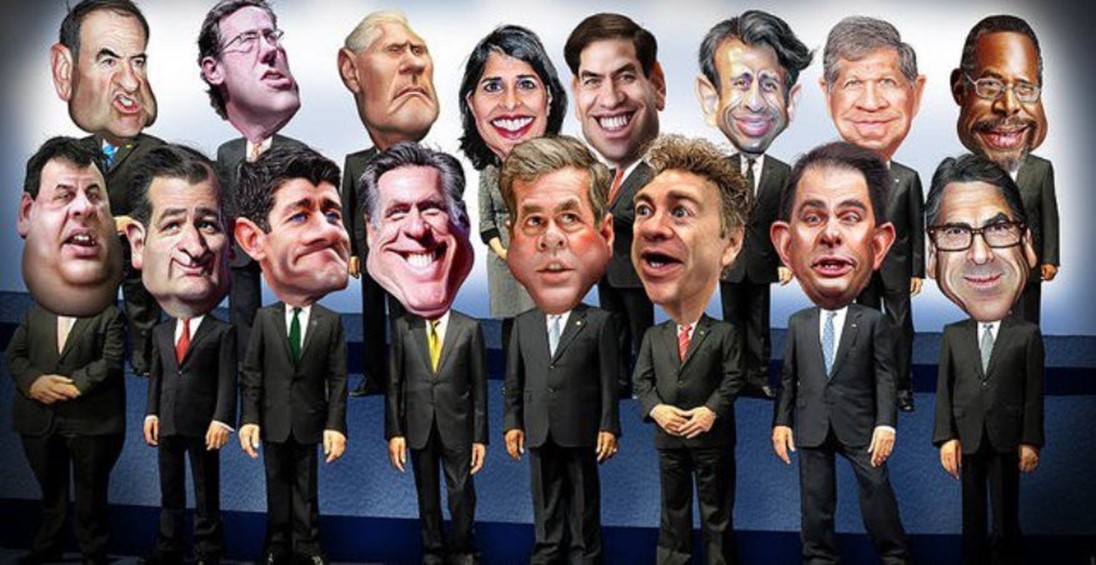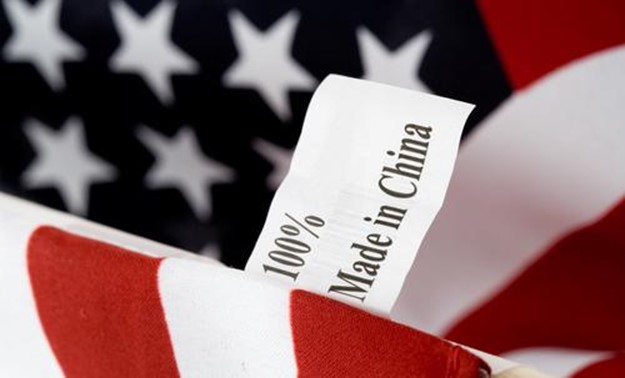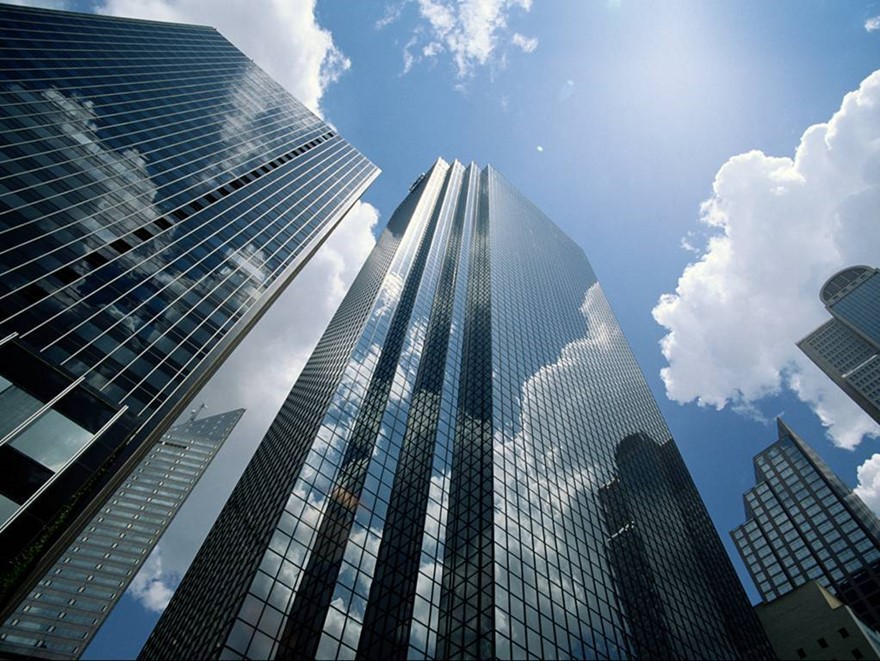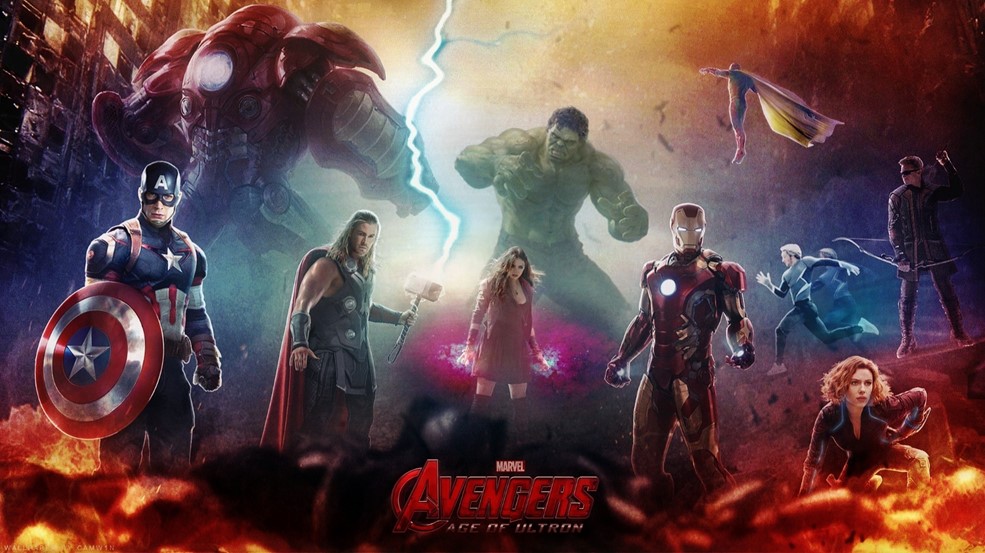Why Rubio Is Running For President And Bush Isn’t
May 19, 2015 in Daily Bulletin

Jeb Bush and Marco Rubio are arguably the current frontrunners for the Republican nomination for President. Yet only Rubio has officially announced that he’s gunning for the Oval Office. Bush likes to say that he’s still considering it – even though for all intents and purposes he’s acting like a candidate for the top job. Josh Voorhees explained why:
- Those running for Federal office have limits on the amount of cash they can raise.
- As Federal Senators, candidates like Marco Rubio, Ted Cruz, Lindsey Graham, and Rand Paul, are always assumed to be running for office by law – therefore the spending caps have already been imposed on them.
- These candidates have nothing to lose by declaring their intent to run for President, and can generate some buzz by being the only ones who are officially running.
- Meanwhile candidates like Jeb Bush, Scott Walker, Chris Christie, and Rick Perry are not Federal officers, and can raise unlimited amounts of money through Super PACs.
- Therefore while the candidates are clearly running, officially they say that they aren’t.
Read more about what declared candidates for President can and can’t do, and why some non-Federal officers have already declared their intent to run over here.
Source: Slate









Join the Discussion! (No Signup Required)